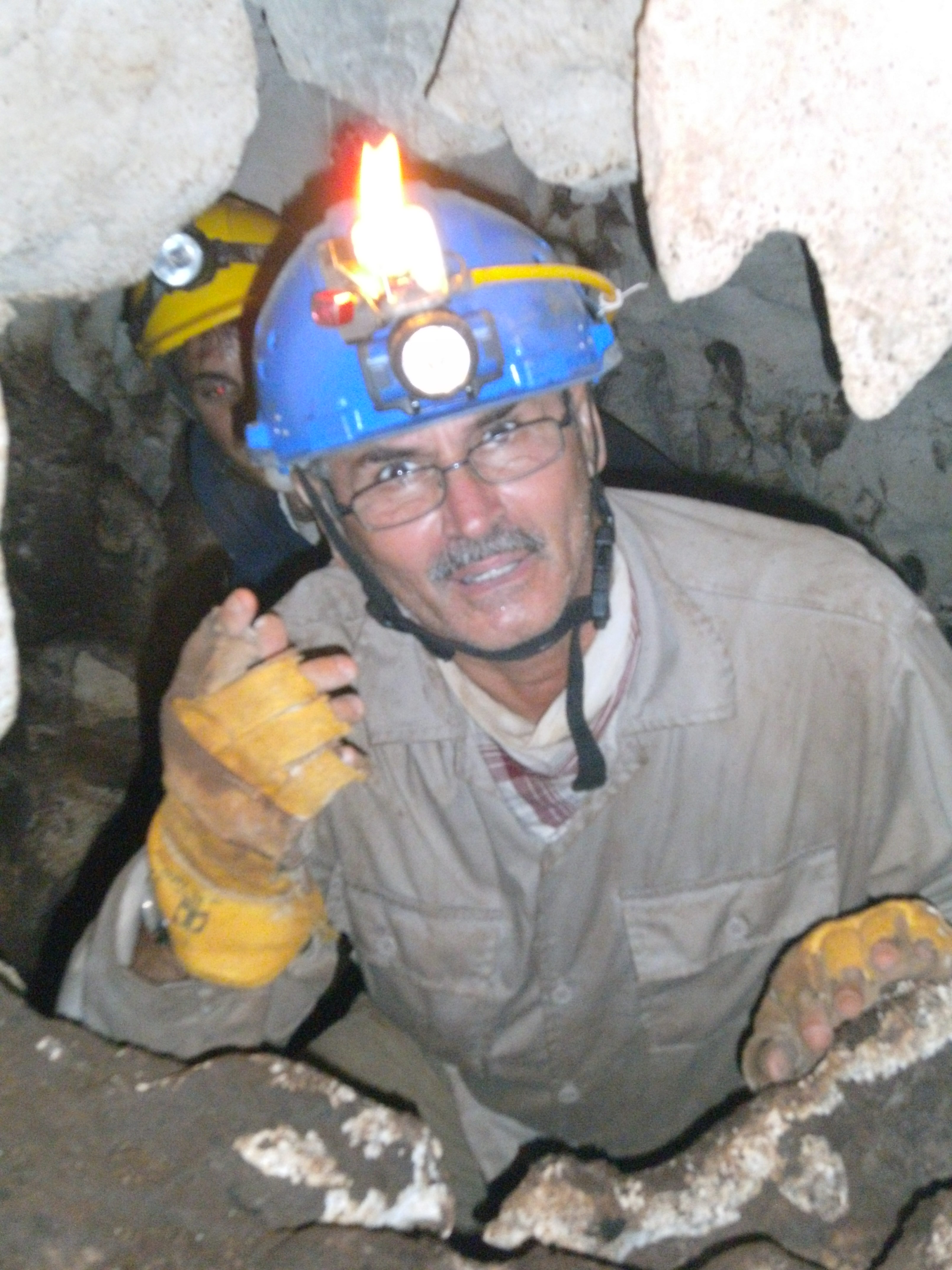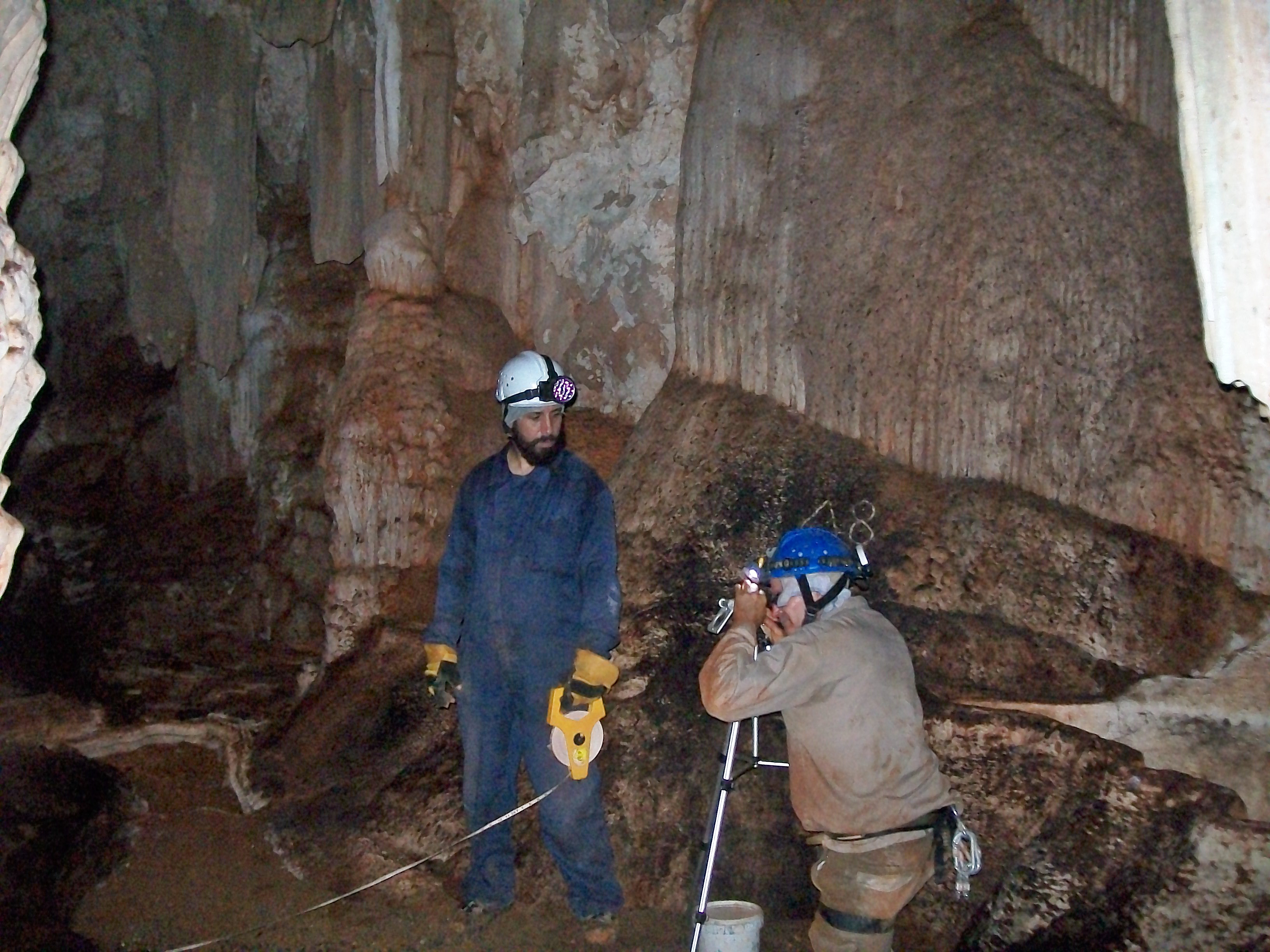CAMAGÜEY.- Mexico Cave is the largest cave system known so far in the province of Camagüey. Contrary to what one might think, it is not found in any of our mountainous regions, but in the northern coastal plain.
The cavern can extend for much more than four kilometers in spectacular halls and galleries on at least two levels. To date, 20 mouths are known of it, all in the form of wells that reach around 40 meters deep.
The Geographical, Speleological and Environmental Studies Group (Gegem), a member of the Cuban Speleological Society and made official as such from the Enigma expedition, carried out from April 4 to 8, 2006 to Mexico Cave, the first expedition of an underground research project that has not stopped yet.
"Fifteen years are easy because it still seems to us that it was yesterday", reflects the engineer Dimas Olivera Olivera, a long-time caver and head of the Gegem, when he recalls the first steps of this institution of Earth science amateurs that brings together a multidisciplinary team of specialists who assume complex underground tasks of interest for the studies of geography and karst.
“The beginning was arduous due to the type of work we decided to undertake and the need for the group to cover various basic fronts of caving, for example climate, biology, hydrology, cartography, meteorology, knowledge that allows us to recognize the origin and development of the underground world.
 Dimas: "Speleology is one of the most complicated sciences to understand Nature"“Caving always calls for the adventure it entails, the science it needs and the sport it practices. From the beginning we have gathered young people with interests in the study of Natural Sciences, as well as biologists and geologists who contribute a lot to the formation of the group ”, explains Dimas.
Dimas: "Speleology is one of the most complicated sciences to understand Nature"“Caving always calls for the adventure it entails, the science it needs and the sport it practices. From the beginning we have gathered young people with interests in the study of Natural Sciences, as well as biologists and geologists who contribute a lot to the formation of the group ”, explains Dimas.
He adds that unity and discipline are essential elements for caving, because of the difficult and dangerous conditions in which it works:
“Isolated, many meters underground, sometimes in confined spaces, in a different climate. Silence and absolute darkness, as if you were in another world. Counter-climbing routes that require concentration and mastery of the technique to go down or up the abysses ...
“We are a family of responsible men and women around the task that each one of us has to carry out. This individual commitment includes the success of the results obtained from each expedition, including organizational and technical aspects. The tenacity has allowed the group to gather a good amount of logistic equipment for field life, communications, laboratories, speleological prospecting and everything that is needed for an activity like this ”.
Related to the travel diaries and the summaries of each project are the incidents of 23 expeditions carried out in these fifteen years, ten of them to Mexico Cave.
“Like the whole country, says engineer Olivera, we have had difficult times for reconnaissance trips, expeditions and project development. We suffered the hard years of Cuba, but we never managed to make our expedition designs not stop. Even when facing COVID-19, we take extreme sanitary precautions in the campaign, complying as always with all the assurance, hygienic, and epidemiological measures ”.

At the moment the group is working on the development of an extensive program coordinated with the Flora and Fauna Company in the province of Camagüey to stake out and recognize caves located within the territory of the Limones-Tuabaquey protected area, in order to give tourist use to some and economic to others, including recommendations for scientific studies or limiting their access due to their high risk or value for scientific studies.
In Limones-Tuabaquey there are many of the largest caves and deepest chasms in the central-eastern part of the country.
Since its inception, they have had the support of the Ministry of the Revolutionary Armed Forces and the provincial branch of the Cuban Red Cross.
 Numerous caves open at the bottom of deep chasms
Numerous caves open at the bottom of deep chasms
“Human quality is the first virtue that qualifies applicants for the group; be a good companion and a good citizen in all aspects of social and family life. We add to the entrance the intellectual capacity to think and discern, to react to danger and difficulties, precisely because speleological work carries a great deal of danger.
“Due to the physical characteristics of the caves, the person has to be able to face this and give answers many times alone. Another no less important condition is physical capacity because otherwise it cannot withstand the rigors of hard working hours ”.
Around a third of the members of the Gegem are women, young students and workers who share the campaigns as equals with the rest of the group, their missions link them with the studies of the underground climate and secondary training, on the surface they carry out social research in communities near areas where caves and other karstic phenomena open, collecting stories and legends that are never missing.
- Translated by Linet Acuña Quilez



